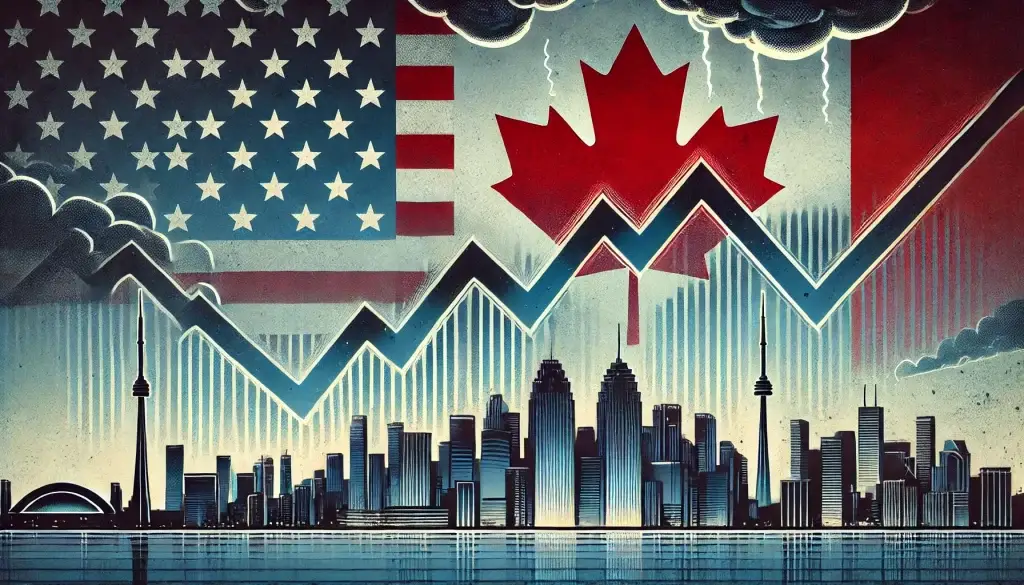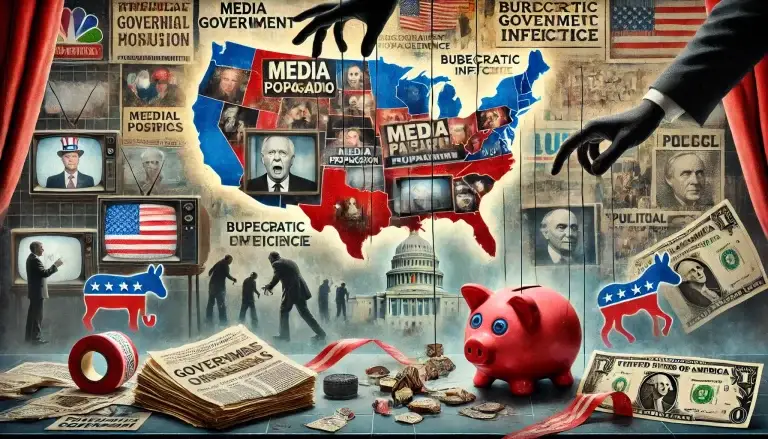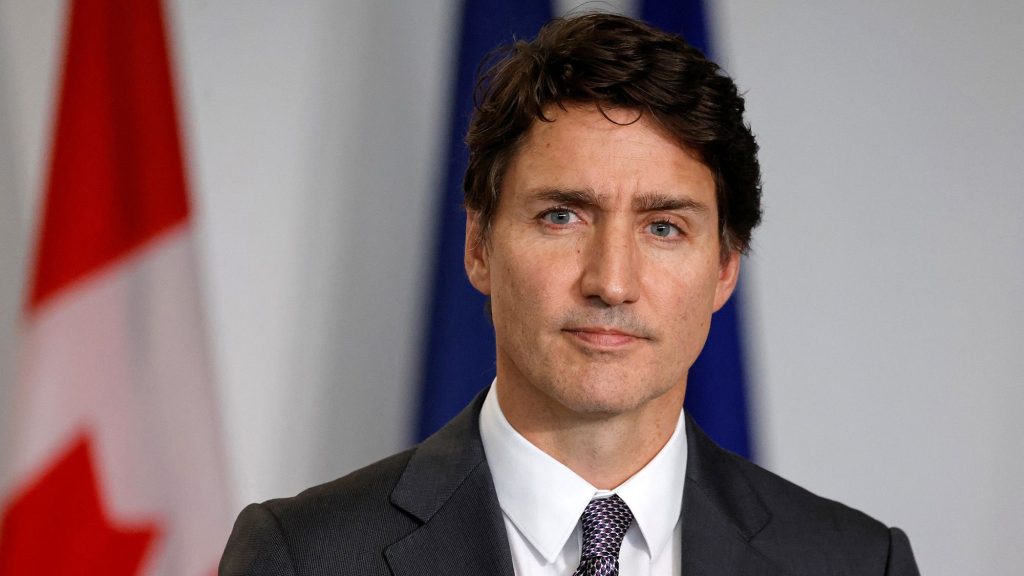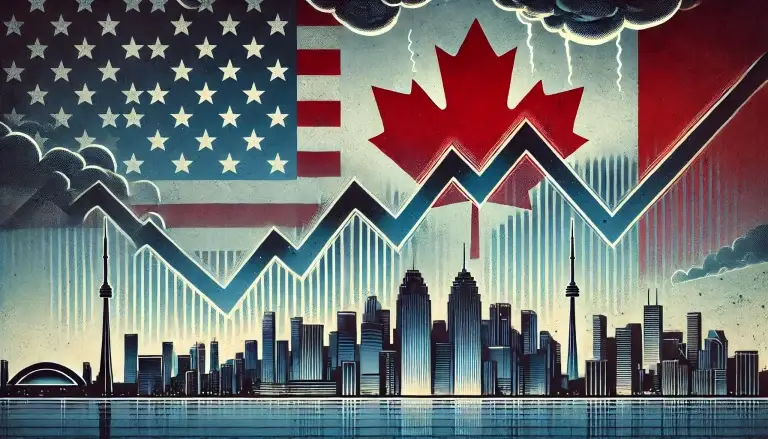
Economic Uncertainty Amid Tariff Policies and Market Volatility
As of March 2025, both the United States and Canada are grappling with heightened concerns about an impending recession. Key economic indicators, policy shifts, and ongoing trade disruptions have fueled fears of an economic downturn, prompting investors and policymakers to brace for potential financial instability.
United States: Tariffs and Market Volatility
The U.S. economy faces mounting recession risks, primarily driven by the Trump administration’s decision to impose 25% tariffs on imports from Canada and Mexico. These tariffs have caused significant market fluctuations, with the S&P 500 erasing much of its post-election gains. Analysts from Morgan Stanley and Goldman Sachs have recently revised their GDP growth forecasts downward, increasing the probability of a U.S. recession in late 2025.
Investor sentiment has been rattled, with the stock market experiencing a steep decline in March. The S&P 500 dropped 5.7%, the Dow Jones Industrial Average fell 5.6%, and the Nasdaq Composite declined 6.5%. Experts warn that tariffs could contribute to rising inflation while simultaneously dampening economic growth. President Trump himself has acknowledged the risk of a recession but has yet to outline any major policy shifts to mitigate it.
The Federal Reserve remains in a challenging position, with conflicting pressures to either cut interest rates to support the economy or hold firm to combat inflation. The IMF has issued warnings about the negative spillover effects of these economic policies on Canada and Mexico, further complicating the regional economic outlook.
Canada: Economic Pressures and Trade Challenges
Canada’s economy is particularly vulnerable to the U.S. tariffs, given its deep trade ties with its southern neighbor. The ongoing economic downturn, which began in 2022, has been marked by a decline in living standards and persistent economic challenges. According to recent reports, per capita real GDP has fallen by 3.1% below 2019 levels, and inflation-adjusted household spending remains significantly lower than pre-pandemic levels.
The tariffs have placed key sectors—including manufacturing, energy, and agriculture—under increased strain. The Canadian energy industry, which supplies 20% of the United States’ oil consumption, could face severe setbacks if trade restrictions persist. Likewise, the integrated North American automotive sector, which saw over $110 billion in bilateral trade in 2023, may experience production disruptions and job losses.
Economic forecasts from Oxford Economics predict that if the tariffs remain in place and Canada implements retaliatory measures, GDP could contract by 2.5% by early 2026. Inflation could rise to 7.2% by mid-2025, and unemployment may climb to nearly 8% as layoffs increase across various industries.
Conclusion
The economic outlook for both the United States and Canada remains precarious, with trade policies and financial uncertainty exacerbating the risk of recession. While the U.S. grapples with the effects of aggressive tariff strategies and stock market instability, Canada faces a growing economic squeeze due to its reliance on trade with the United States. Policymakers in both countries must act swiftly to address these challenges and prevent a prolonged economic downturn.
As investors, businesses, and consumers navigate these turbulent times, staying informed about economic policies and market trends will be critical in preparing for potential financial disruptions.



